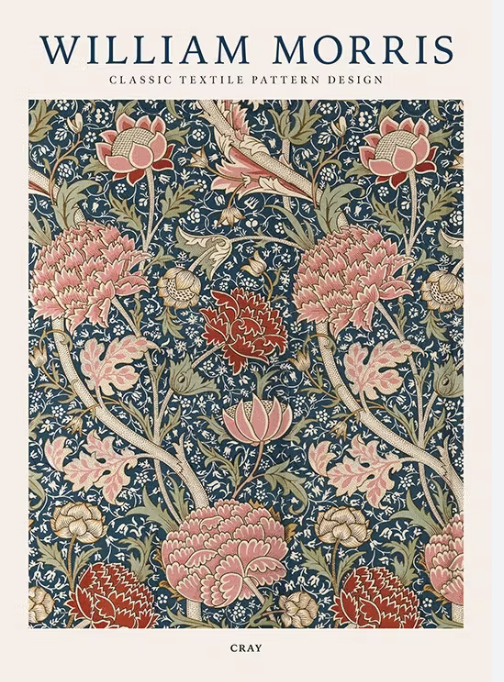In the final decades of the 1800s, as Victorian England maintained its rigid social codes, a revolutionary style of dress emerged that challenged fashion's foundations. The Aesthetic Dress Movement rejected the suffocating corsets and heavy layers of mainstream Victorian fashion in favor of clothing that celebrated natural beauty, comfort, and artistic expression.
Unlike the conventional Victorian wardrobe designed to display wealth and conform to strict social expectations, Aesthetic dress embraced Romantic ideals that valued nature, emotion, and personal expression. Women who adopted this style weren't just changing their outfits they were quietly asserting their independence.
The hallmarks of Aesthetic dress were unmistakable: flowing silhouettes that honored the body's natural form, soft fabrics like cotton and silk, and earth-inspired colors that connected wearers to the natural world. Most significantly, these garments were worn without corsets, freeing women from physical restriction. Decorative elements featured handcrafted touches—delicate floral embroidery, intricate lace, and nature-inspired patterns—that celebrated craftsmanship over mass production.
Victoria and Albert Museum. “Aesthetic Dress.” V&A Museum, www.vam.ac.uk/articles/aesthetic-dress.
Tate. “Aestheticism and the Art of Dress.” Tate, www.tate.org.uk/art/art-terms/a/aestheticism.
Sylvia Borissova '' A Paradigmatic Body''. https://jcla.in/wp-content/uploads/2019/10/SYLVIA-BORISSOVA.pdf
The Met Museum. “Tea Gown, ca. 1890.” The Metropolitan Museum of Art, https://www.metmuseum.org/art/collection/search/81139.
Welness culture and natural living
The movement's connection to nature and holistic well-being finds expression in contemporary wellness culture. The popularity of natural skincare routines, meditation practices, and lifestyle choices that prioritize mental and physical health over societal pressures echoes the Aesthetic Movement's belief that beauty should enhance rather than constrain one's natural state.
While the movement faded by the early 20th century, its influence continued through later bohemian and counterculture styles. Today's interest in sustainable, handcrafted fashion carries echoes of these same principles.
The Aesthetic Dress Movement transformed clothing from a symbol of social conformity into a medium for personal expression. It brought Romantic ideals into everyday life, allowing women to literally wear their values creating a tangible connection between philosophy, art, and daily existence that challenged the restrictive norms of Victorian society.
William Morris, a central figure in the Arts and Crafts movement, created textiles that perfectly complemented Aesthetic dress. His nature-inspired patterns for Liberty & Co. featured flowers, vines, and birds that embodied Romantic reverence for the natural world. Jane Morris, his wife and frequent model for Pre-Raphaelite paintings, became the movement's iconic image with her flowing gowns and unrestrained hair, representing a return to natural beauty against artificial Victorian ideals.
The tea gown became the movement's signature garment. These comfortable, loose-fitting dresses were initially worn at home during informal gatherings, creating spaces where women could experience physical freedom. Artists' wives and creative women popularized these designs, which drew inspiration from medieval and classical Greek styles periods romanticized for their perceived simplicity and connection to art.
Though not overtly political, the Aesthetic Dress Movement aligned with early feminist thinking. By prioritizing comfort and self-expression over adherence to social conventions, women made subtle yet powerful statements about bodily autonomy and personal choice. The movement embodied core Romantic principles: individual expression, emotional authenticity, and freedom from societal constraints.






